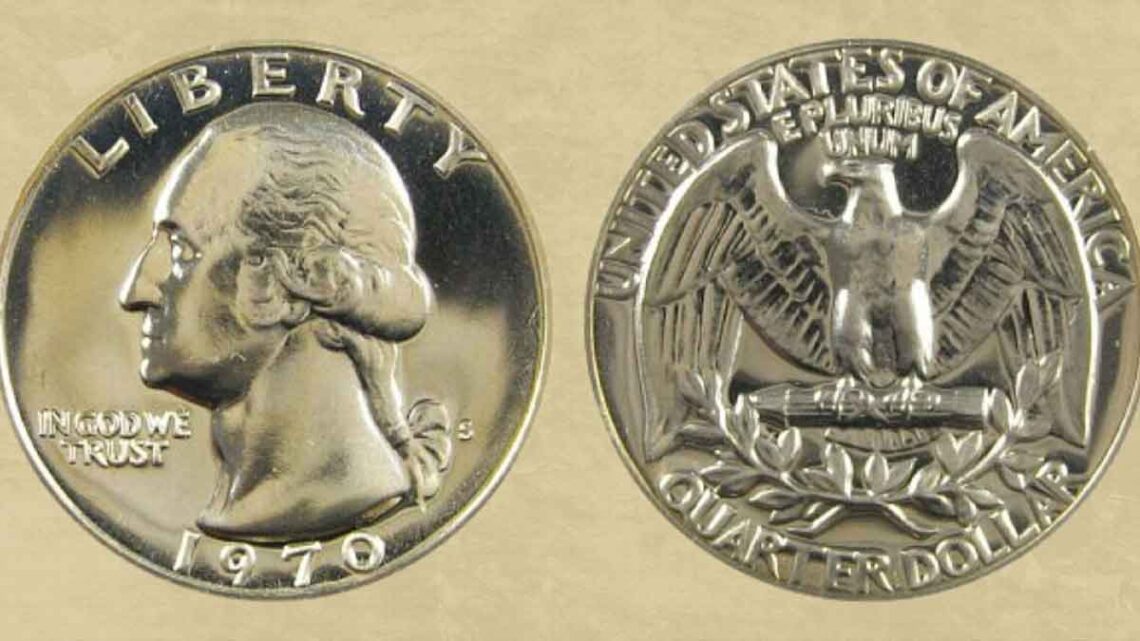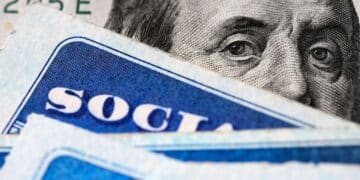An unassuming coin might be a quarter in the eyes of the passerby. For example, should you find in your trousers one quarter from 1970, which could make you a millionaire – it is not far-fetched, and some lucky people have had such fateful destinies as they unearthed such pricy coins. What collectors found as the 1970 Denver quarter shocking was that…
The aim of consideration before delving into the coin’s worth is to explore its design.
The profile depicts a classic bust of George Washington made in a style of Jean-Antoine Houdon. The inscriptions contain “Liberty,” “In God We Trust,” and date 1970.
Reverse: The reverse depicts an eagle, with spread wings, holding arrows-clad for strengt and preparedness. The phrases surrounding the design are “United States of America,” “Quarter Dollar,” and “E Pluribus Unum.”
True with this quintessential, some of the coins from 1970 harbor some secret keys that others among these coins don’t acknowledge: The Gravy-1970 Quarter. – So what is it that makes this coin collector-inclined to value it for thousands?The secret lies in the errors. Several quarters produced at the Denver Mint were mistakenly struck on thin metal planchets designed for dimes, making them extremely rare and valuable.
This extreme rarity gives ample thrills to collectors in crazy pursuit of these fateful errors. In point of fact, however, even under ordinary circumstances, certain 1970 quarters unblemished and graded with Mint State-Numismatic would still command with confidence exorbitant prices. For instance, in 2023, one MS69 1970-D quarter, shown to be almost perfect, was sold for about $15,000 on eBay.
A real-life story: a Lucky Find
A collector found a rare 1970 D quarter while sorting through an old jar of coins left to them by a relative. Recognizing its perfect condition, he called in a professional who said it was one among the much-coveted mint error coins. In other words, this quarter, which merited just 25 cents, was auctioned for several thousand dollars! Tales like these show that treasure hunting doesn’t have to involve metal detectors or pirate maps; sometimes all it takes is a quick look in your change drawer.
Not all of these ’70 quarters are expected to carry such a high price tag. Remember—even in poor condition, they have some value. Estimates as per PCGS grading system:
- MS60: $1
- MS63: $10
- MS65: $20
- MS66: $75
- MS67: $375
- MS68: $2,800
The coin sold for $15,000 had these specifications of tremendous cost:
- Mint: Denver
- PCGS number: 5886
- Designer: John Flanagan
- Edge: Reeded
- Diameter: 24.30 mm
- Weight: 5.67 grams
Knowing that one of the collectors ultimately gets the expensive coins, of course, this somehow ups their rank and value thanks to the rich history attached to them. Errors like some of the 1970 quarters bring every collector out of their paper; some scarce coins minted on wrong planchets or with certain features are highly coveted double-edged collectible historical artifacts and investments.
Want to know if your 1970 quarter has something special?
Here’s What to Really Check:
- Find the Detailing: Has there been an error in weight, size, or thickness?
- Mint Mark: The rarest collectible right here – D coins are known to have a “D” letter.
- Get It Graded: Take it to a professional grading service. This evaluation may surprise you at the resale value you could get!
Instead of an idea, think: Next time you are digging through change, before you toss them back into your pocket, examine those quarters carefully—you might just find a piece of history. The 1970 quarter-coins remind us that not all that glitters is gold. Rare errors and coins are gems among the crowd, just waiting for you to discover.






